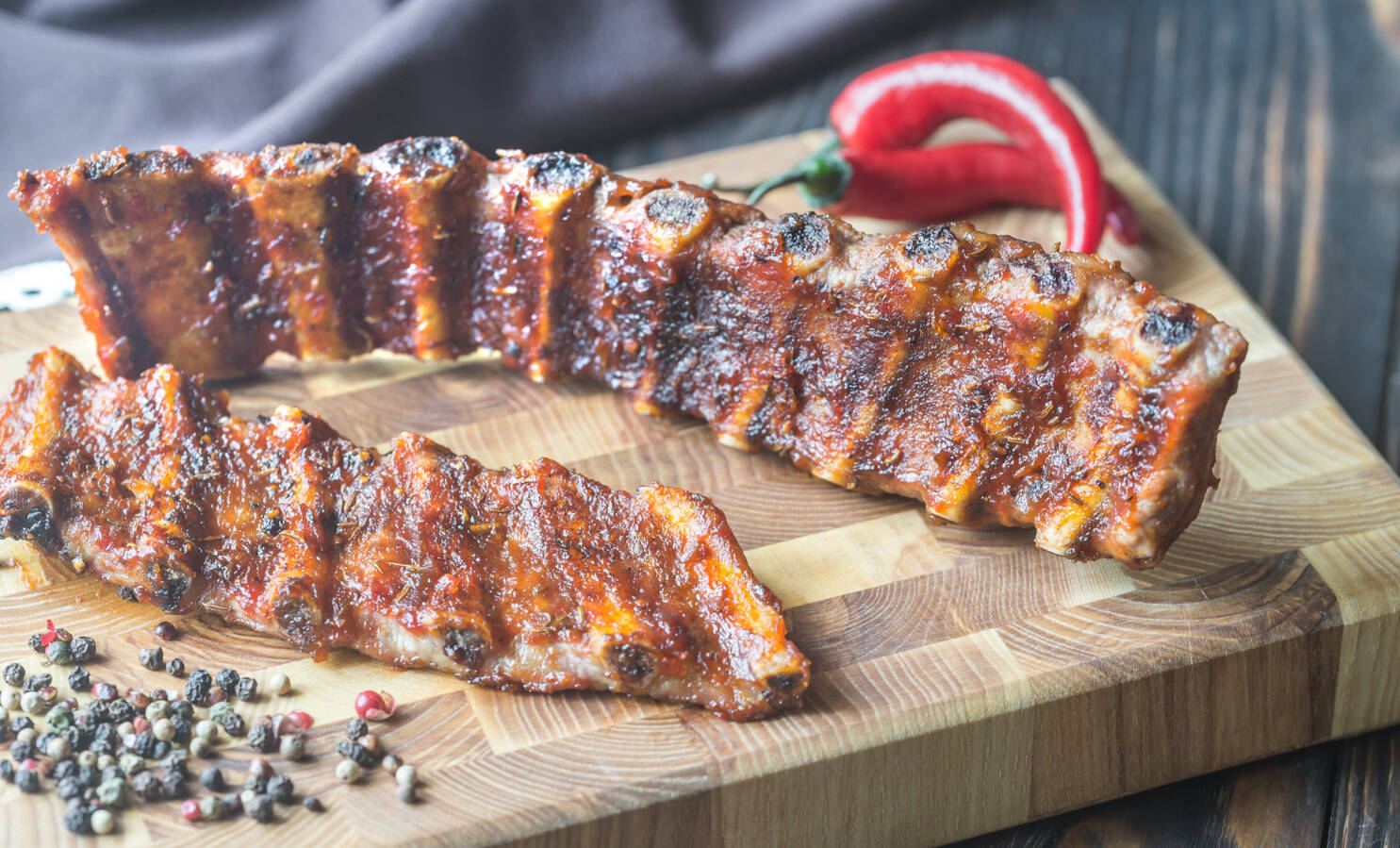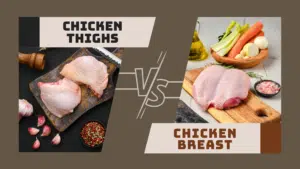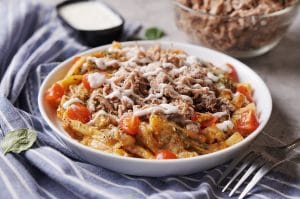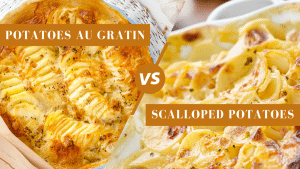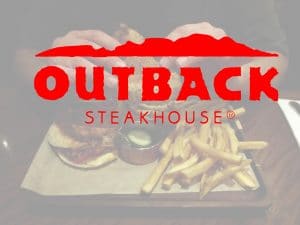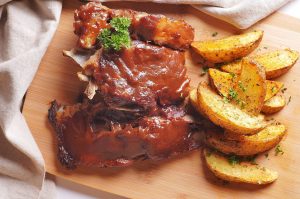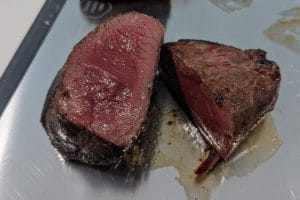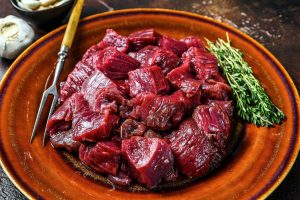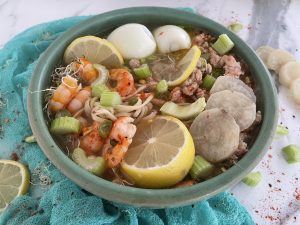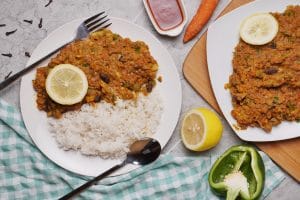Pork Loin Back Ribs vs. Baby Back Ribs: What’s The Difference?
Important Note: When you buy through our links, we may earn a commission. As an Amazon Associate we earn from qualifying purchases. Content, pricing, offers and availability are subject to change at any time - more info.
Most rib lovers don’t really dwell on which ribs are the best as long as we get to eat as many of them as we like, whenever we can! However, we do have our preferences, with some rib lovers preferring pork ribs, and others beef ribs, or even lamb ribs. To my mind, sticky, eat with your fingers, rip the meat off the bone, ribs are all great to eat, no matter the type!
Baby back ribs and pork loin back ribs are two names for the same cut of pork ribs. The differences are only in how they are known locally rather than indicating any difference in the cut. Back ribs are sourced from the top of the hog’s rib cage, whereas spare ribs are from the hog’s breastbone.
When talking about loin back ribs or baby back ribs, the reference is to pork and not beef, even though the beef equivalent is called beef back ribs, which can be confusing! Are there many different types of pork ribs, or do we refer to the same ribs by many other names?
Are Pork Loin Back Ribs And Baby Back Ribs The Same?
The short answer to this question is – yes, they are exactly the same cut!
Pork ribs, when correctly butchered, are divided into two distinct cuts – Baby back ribs and Spare ribs.
Loin back ribs, loin ribs, pork back ribs, and baby back ribs are all different names used for the same cut. These names all refer to the cut of pork taken from the top of the hogs rib cage – the part directly underneath the loin muscle where the backbone and the ribs meet.
This cut is referred to as baby back because the loin back meat is light, lean, and tender, with generally very short in size ribs, not because the ribs are taken from baby pigs!
The shortest bones of these ribs are around 3 to 6 inches (7 to 15 cm), with the longest bones measuring around 11 to 13 inches (28 to 33 cm), depending on the size of the hog. The discrepancy in the sizes of the ribs is due to the different sizes of the hogs.
Most butchers leave about half an inch of lean loin meat at the top of the ribs giving you that extra portion of tender meat when you bite into the rib! Because these ribs are a good cut providing you with tenderloin meat, they do tend to be more expensive.
The backbone is always removed from the rack of baby back ribs, so the rack you buy from your local store or butcher would probably have about eight ribs and weigh about 1 to 2 pounds. (500 grams to 1 kg). For a rack of baby back ribs to be sold commercially, it must have at least eight ribs on the rack.
A rack of this size makes it easy for you to slice between each rib to cut the slab into smaller portions for cooking or eating.
Generally, one rack per person should be enough when catering for most rib lovers, but you might have to over-cater! Even though baby back ribs are leaner, they are full of flavor, causing rib lovers to keep coming back for more!
Spare ribs, which are the cut of meat taken from the hog’s breastbone, are flatter than baby back ribs and have much less meat on them, making them cheaper than baby back ribs. The meat is between the individual ribs of spare ribs, making them much fattier and bonier but packed with incredible flavor when cooked on the BBQ!
How To Identify Baby Back Ribs At A Glance
When you visit your local store or butcher to purchase your favorite baby back ribs, how can you tell which type of ribs are which without counting the ribs on the rack or measuring the size of the ribs?
- Look closely at the shape of the ribs. Baby back ribs are curved, similar to the form of a rainbow. Because of this curve, it is often tricky to sear back ribs.
- The meat on the ribs is lean, with perhaps a half-inch of loin meat attached to the top of each rib.
- Compare the rack to others around it – spareribs are a bigger, wider rack, whereas baby back ribs are shorter and narrower.
What Is The Best Way To Cook Baby Back Ribs?
Cooking baby back ribs is easy – grill them, smoke them, braise them, or cook them in the oven! As long as they are covered in an impressive, mouthwatering, tasty sauce, they can be cooked using any cooking method.
There is no correct recipe for basting ribs. You can simply use salt and pepper and add spices like ground mustard, smoked paprika, cayenne pepper, and dried herbs to rub over the rack, or even rub brown sugar over it – be careful when using brown sugar, though, as it will burn quickly when exposed to high temperatures.
If you have the time, rub the spices over the rack and allow it to rest for a while before cooking. Don’t leave it overnight, as the fibers can break down, and your ribs will be mushy!
Tips For Cooking Baby Back Ribs
Well-cooked delicious ribs need great cooking and great spices and sauces! The secret to cooking the perfect baby back ribs is all in the cooking temperatures and timing. If you do use a basting sauce (and why wouldn’t you!), only brush it onto the ribs after they have been cooking for about 30 to 45 minutes to prevent burnt sauce!
- Charcoal grilling. Build a fire and allow it to heat to 300 degrees Fahrenheit (150 degrees Celsius). Place the ribs on the grill over the fire and slow cook for at least 3 hours, basting often with BBQ sauce!
- Gas grilling. Preheat the grill to 300 degrees Fahrenheit (150 degrees Celsius). Turn off one of the burners and reduce the heat on the other to medium. Cook on the rack for at least three hours with the lid closed.
- Smoking. Follow the 2-2-1 method – two hours of direct grilling, two hours inside foil, one hour on the grate. This process should take about five hours in a smoker at 225 to 250 degrees Fahrenheit (110 to 120 degrees Celsius).
- In the oven. Preheat to 250 degrees Fahrenheit (120 degrees Celsius). Wrap the rack in foil and bake for 2.5 hours. Raise the temperature to 350 degrees Fahrenheit (176 degrees Celsius) and cook uncovered for half an hour
A slow and low cooking method is ideal when cooking baby back ribs as it allows the fat to render, causing the meat to become so tender that it will fall off the bone!
Conclusion
The various names for the different cuts of meat can be extremely confusing unless you are a butcher or meat connoisseur, but when it comes to ribs, there is no difference between baby back ribs and pork loin back ribs as the cuts are the same.
Baby back ribs might be a more expensive cut, but they are well worth the money, so invite your family and closest friends around for a BBQ and impress them with your newfound rib knowledge!
